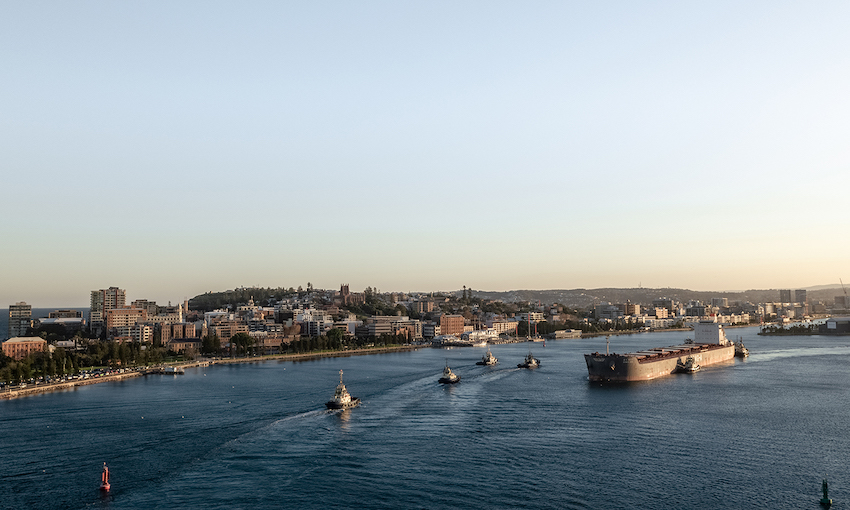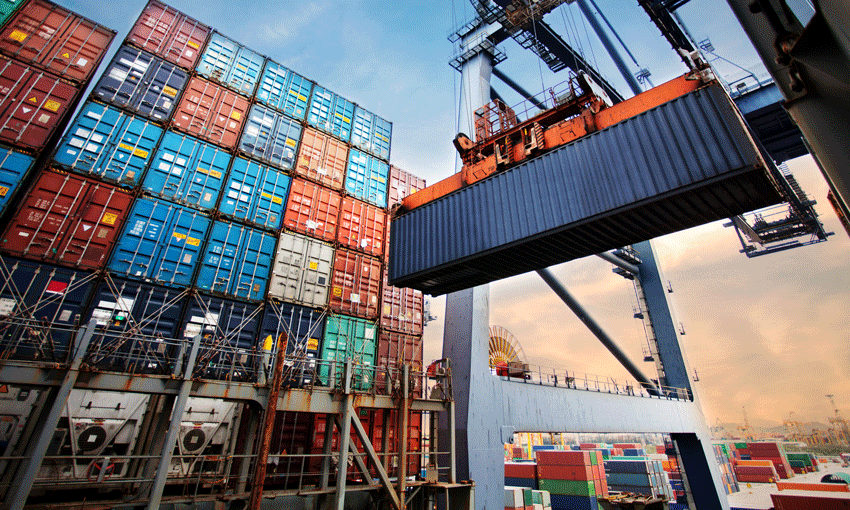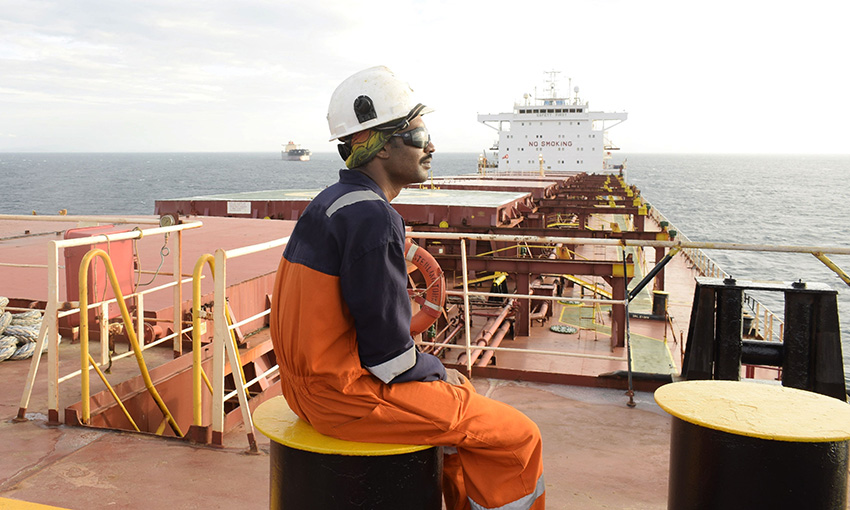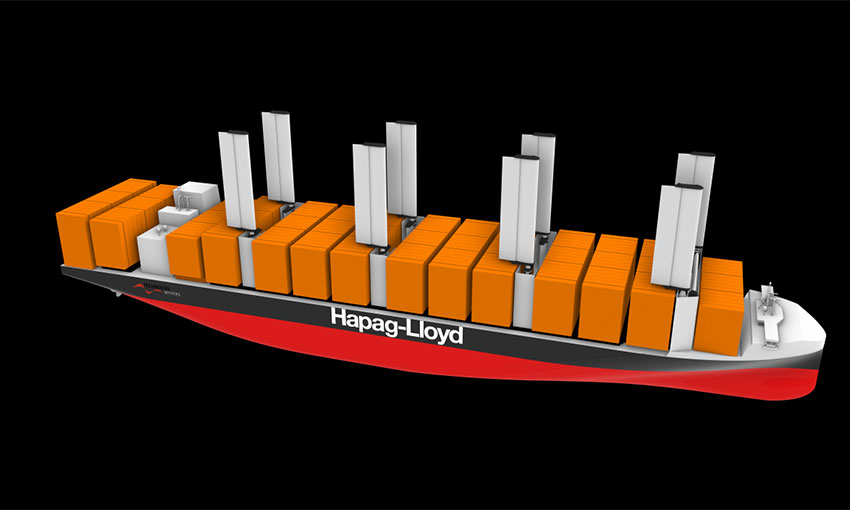POLITICIANS might be one of the most maligned occupations in the country, but I believe seafarers must be a close second when you realise how they are often treated. Until a few years ago, not many people would have known what an epidemiologist or a supply chain was. The Covid pandemic changed all that. What a lot of people still don’t know is that an important link in those supply chains is shipping and the workers on board. Over 90% of all goods globally are transported by ship. Those ships are operated by seafarers of all nationalities (many from low-wages countries), and some are treated appallingly by the shipowners.
The Australian Maritime Safety Authority is doing a great job in catching and fining unscrupulous managers and owners of ships that frequent Australian ports when mistreatment or underpayment of crew is detected. However, they are only catching the tip of the iceberg.
Fortunately, Australian-flagged and Australian-managed ships pay their crews a decent wage and endeavour to relieve them after a reasonable time on board the ship so they can spend time with their families. It is a different story in many overseas countries, where unscrupulous shipowners that operate under a so-called “flag of convenience” mistreat their crews. They pay their crews a pittance – sometimes not even providing them with decent or sufficient food – and extending their time at sea way beyond the “normal” stint of nine months on board.
The Covid pandemic hasn’t helped how seafarers are treated, with some of them being on board their ship for more than a year without being able to go ashore, let alone going home at the end of their contract.
The UK government recently published a 30-page report looking into one of shipping’s darkest secrets: suicides at sea. It offered a number of recommendations to help fix a grimly underreported scourge plaguing the industry. “Better data on the number of suicides – even if imperfect – can help address the prior causes of poor mental health,” the report states.
The report was penned by Ipsos for the UK’s Department for Transport and the Maritime and Coastguard Agency. “There are a lot of cowboy flag states out there that I’m concerned about … that don’t have robust reporting in place,” one shipowner interviewed for the study said. The variety of approaches to how flags record deaths has led to a particularly “murky picture” and contributed to the “fatalistic view of the near-impossible challenge of accurately collecting data on suicide among seafarers”, the report states.
For most people living on land, some form of internet access is guaranteed, even in developing countries. This is not so on ships. Whilst most cruise vessels offer their passengers complimentary Wi-Fi this is not the case on many commercial vessels. Yes, providing internet access on board a ship is not cheap, but given the recent record profits of shipping lines and owners, it is only a small price to pay and contributes greatly to crews being able to have regular contact with their loved ones at home.
Not having internet access even contributed to a recent incident where the vessel sailed dangerously close to the coast of Mauritius and ran aground on a reef causing a significant oil spill and loss of the vessel. The vessel’s normal course would have steered well clear of the dangerous coastline, but the ship’s command decided to sail closer to the shore so the crew could have phone reception and ring home. In incidents like this, where errors made by overworked crews cause marine casualties (and are often blamed on the crew), the root cause is often bad practices or mismanagement by the companies running the ships.
Fortunately, The Seafarer Happiness Index has revealed a welcome rise in optimism for the third quarter of 2022, as solutions to crew welfare challenges emerge. The index is an initiative of the Mission to Seafarers. The charity asks seafarers ten key questions through an ongoing, online survey and publishes the results quarterly to gauge the levels of happiness at sea and understand the challenges crewmembers face.
Survey scores indicate seafarer “happiness levels” reached 7.30 out of a possible 10 in the third quarter of this year, up from 7.21 in the previous quarter. Mission to Seafarers said the latest data follows a sustained increase in crew satisfaction after a record low of 5.85 out of 10 earlier this year. The charity said better access to shore leave and certainty about crew changes contributed to the increase in satisfaction. However, the report noted wages, workload, stress and physical health and wellbeing are still issues at sea. Many seafarers shared complaints about the provision of fresh, quality food on board, according to Mission to Seafarers.
Let’s hope that the Happiness Index continues to rise and that seafarers receive the treatment (and wages) they deserve when keeping our supply chains intact against all odds whilst sometimes enduring extreme personal hardships.





